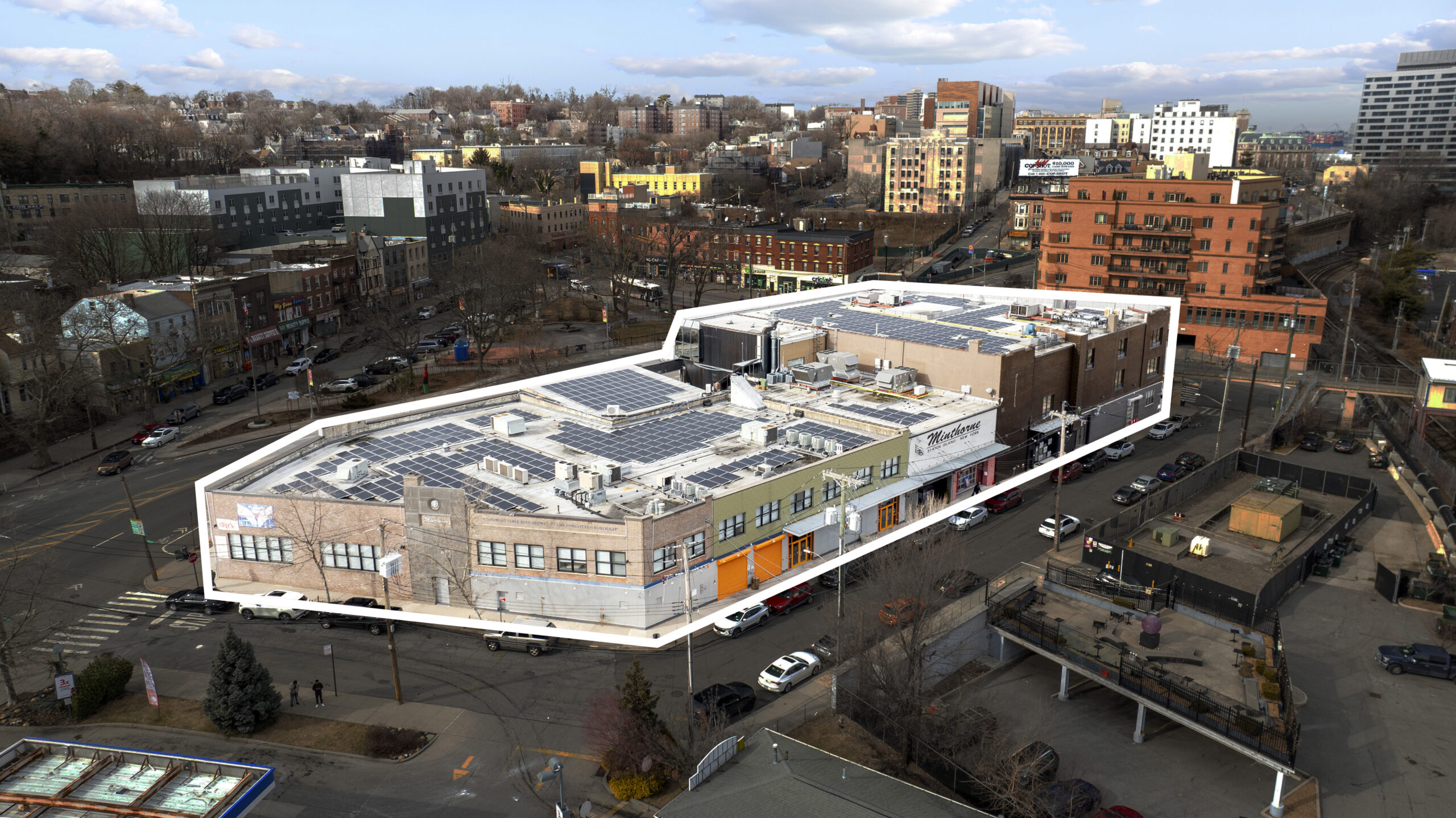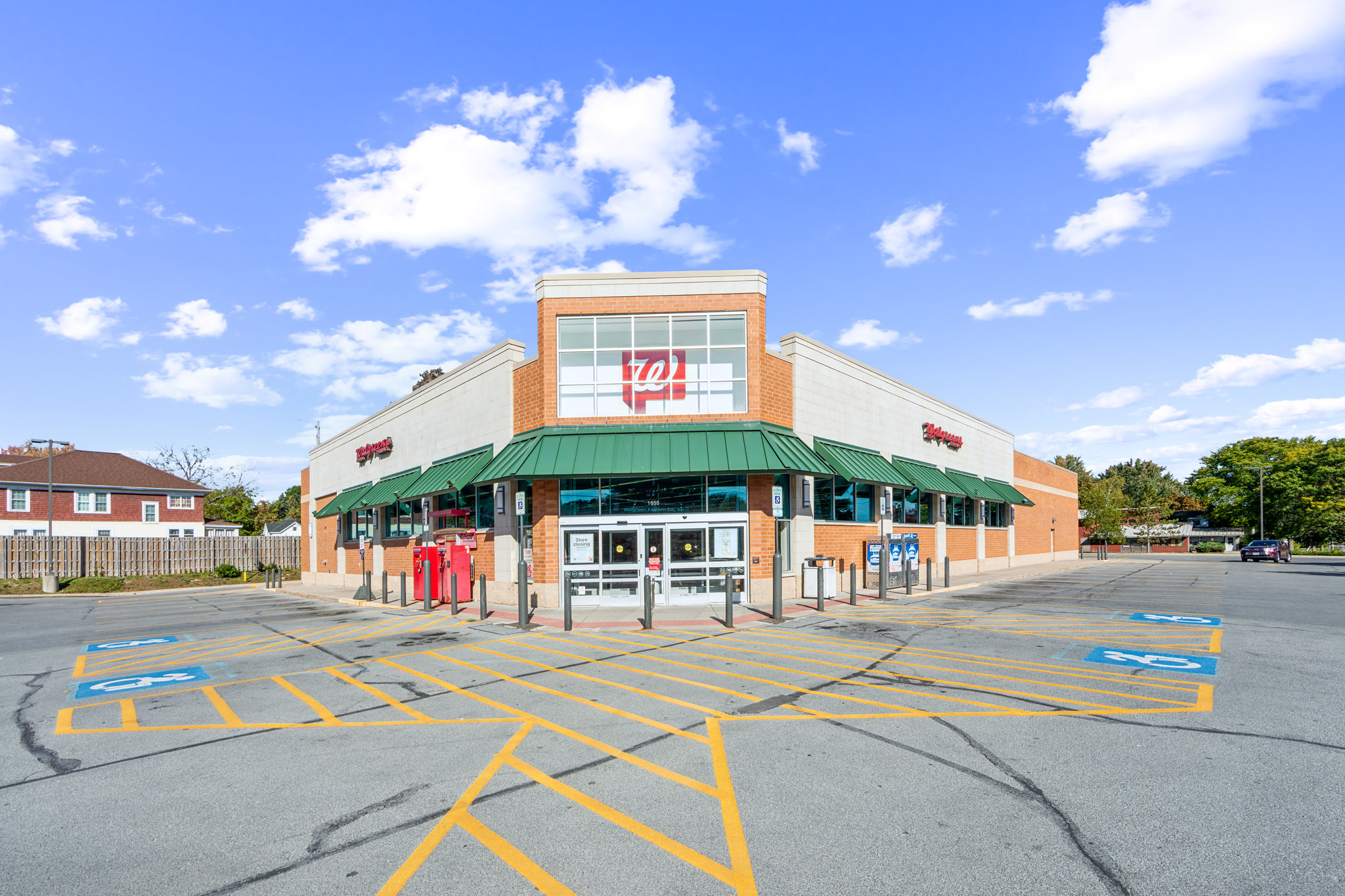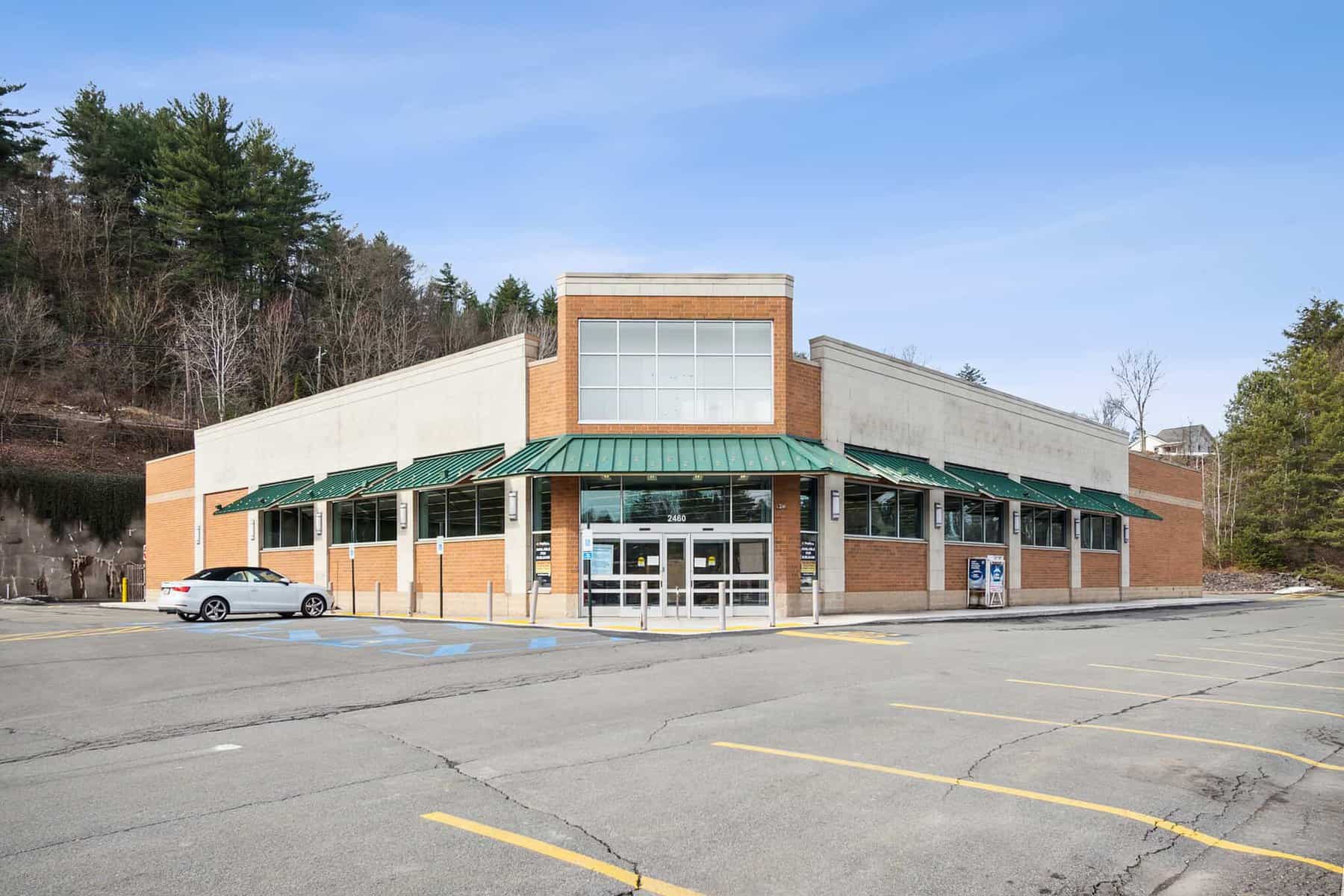What are investment properties?
Investment properties are those that generate income and surplus value to those who acquire them. They are a more effective saving method than bank accounts. This is due to the fact that, over time, the profitability of the property tends to increase without obtaining losses due to inflation. Despite being a home, a land or a deposit, investment properties, unlike plant properties, inventories or personal use properties, are acquired with the objective of being leased to other people or companies.
How do investment properties work?
The profitability that characterizes investment properties like those from Chapin SC Real Estate is obtained by what is known as “operating lease.” For this reason, this type of investment is seen as the loan of service, since the owner of the property rents the space to another person or company, which acquires the rights to use it. The objective of the tenants is to use these properties in their daily operational activities. Thus, the tenant avoids having to buy such real estate, either to save money or not to take unnecessary risks.
For its part, the lessor assigns the rights to use the property in exchange for a regular payment, in addition to some guarantees such as deposits or advanced monthly payments. In this way, your property is no longer idle and, if it is a static asset, it will generate income. In other words: the property becomes an investment asset. By generating constant income, the landlord increases his wealth and personal assets.
How do pensions work?
More life expectancy and smaller amounts. Those are the perspectives of a system whose long-term viability is not fully guaranteed. Pending measures that improve this situation, everything indicates that future pensions will be lower than current ones. Thus, retirement savings become increasingly indispensable.
Pensions: looking for retirement savings
The pension system is in a complex state as of this year. In order to guarantee its long-term viability, it must, in all likelihood, be subjected to deeper reforms to those already carried out. And the prospects for the future are not promising, due to the important challenges it faces. First, those that are related to demographic issues, which derive from the progressive aging of the population, the low birth rate and the longer life expectancy and that causes the dependency rate to increase considerably.
Second, the economic factors, which are related to aspects such as high unemployment rates and temporary or precariousness, low wages and, therefore, low contributions. Despite the latest reforms carried out in 2011 and 2013, seeing the demographic evolution and with the return to the variable for calculations of pension revaluation, the sustainability and long-term maintenance of a system based on the intergenerational distribution like the current one, they are really difficult.
Thus, banks stressed at the beginning of last October that, in the absence of cuts, public pension spending will skyrocket from 10.8% of GDP in 2019 to 13% in 2030, 14% in 2035 and 16% in 2050. There is no doubt: if no action is taken, the system is unfeasible.







Leave a Comment